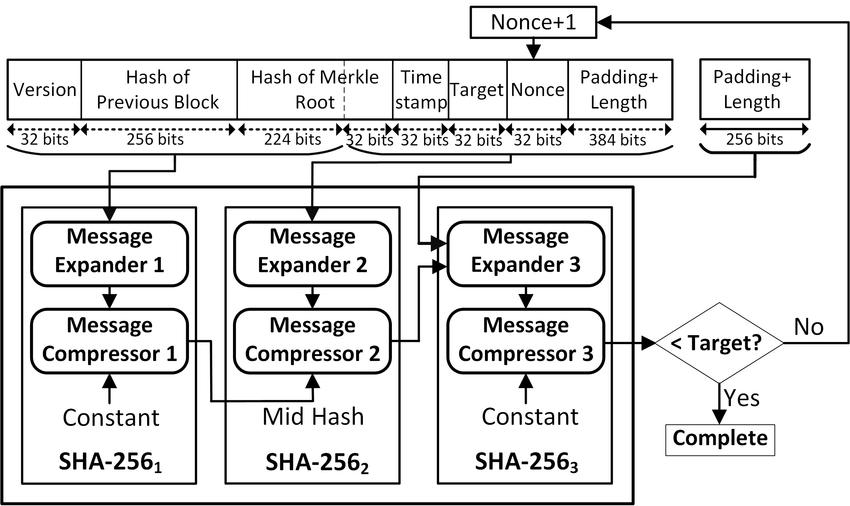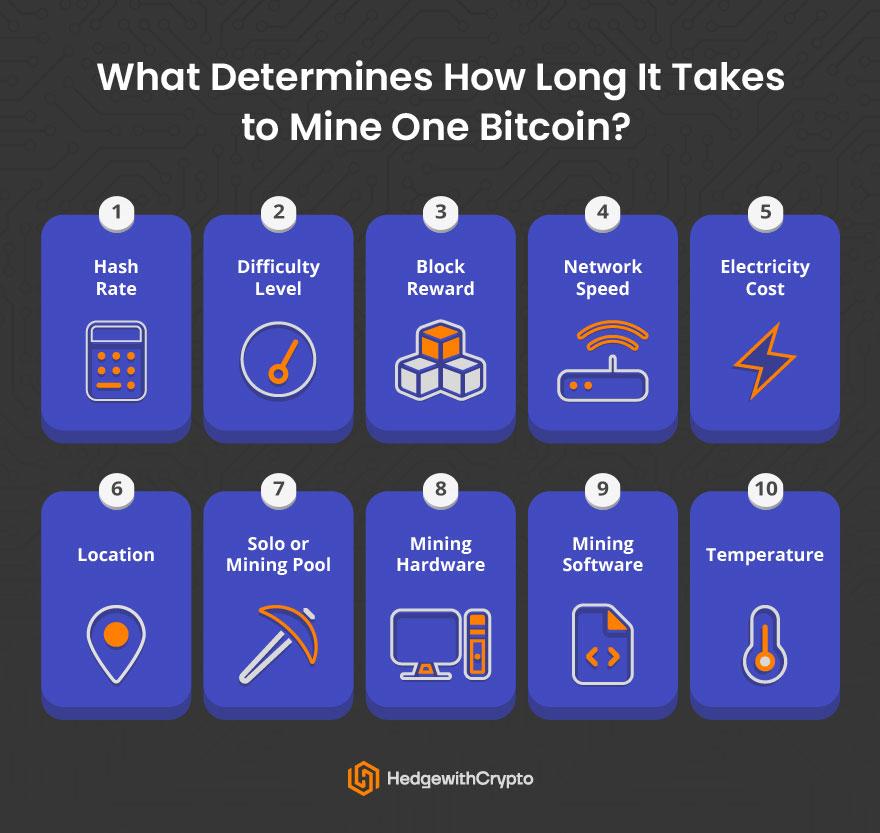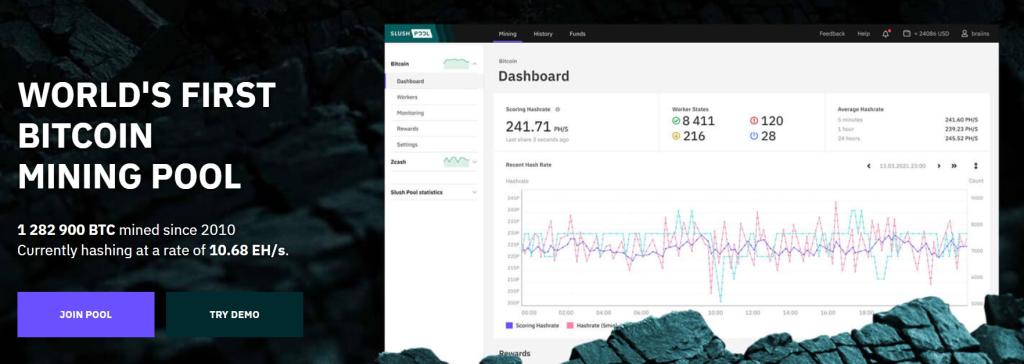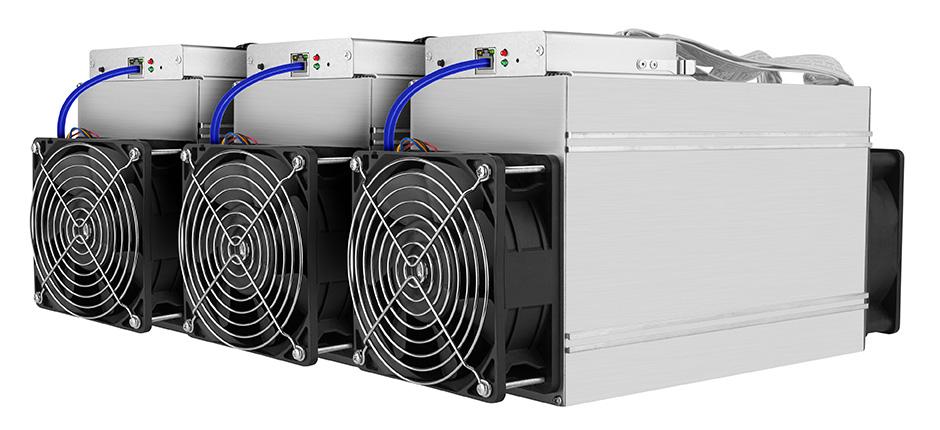What is Bitcoin mining?
Bitcoin mining is the process used to authenticate transactions on the network and introduce new Bit into circulation.
As of July 2024, around 19.5 million Bit have been circulated. However, this cryptocurrency is programmed to have a maximum supply of 21 million, with the remaining 1.5 million Bit yet to be mined. Users, known as "miners", use powerful computers to solve complex puzzles and "mine" new Bit in a process called Bit mining.
When a transaction is made on the Bit network, the transaction is placed into a Block. When the Block is full, it must be authenticated before being added to the chain. This process is similar to pushing a shopping cart in a store and going to the checkout counter for the staff to check and confirm. You can fill your cart as much as you want, but when you get to the checkout, the store will have to check each item to ensure you are not taking anything out without paying.
Bit mining is like a digital treasure hunt. Equipped with powerful computers, miners search for a 64-character hexadecimal code called a "hash", which represents a transaction Block. Miners find this code through a process called hashing.
The hashing process requires the computer hardware to test thousands of billions of code combinations (including numbers and characters) to find a code that meets the Block's difficulty requirement (called the "target hash"). When a miner finds the target hash of a Block, they can verify and confirm the transactions in that Block. This process helps release more Bit into the network. It's similar to a game where the reward is locked, creating value. Only those with the skills and knowledge to unlock them can receive the reward.
Finding the target hash can take a long time. This time varies depending on many factors, such as the current Bit mining difficulty. This difficulty is adjusted every 2,016 Blocks, increasing or decreasing depending on the number of miners participating in the network.
More miners participating means higher difficulty, while fewer miners will decrease the difficulty. This is like a treasure hunt: the more people participate, the harder it becomes to find, keeping Bit scarce and intrinsically valuable.
Bit's creator, Satoshi Nakamoto, has programmed the network to halve the Block Reward every 210,000 Blocks (approximately 4 years) to create scarcity. At this rate, Bit will not reach the 21 million Max Supply cap until 2140.
At that point, miners will still be able to receive the Bit Block Reward through transaction fees, but no new Bit will be issued into the network.
How do miners mine Bit?

Miners mine Bit by using a mining rig, which can range from a regular personal computer to specialized devices, as long as they can follow the Bit mining algorithm, SHA-256.
SHA-256 is an encryption method that makes data difficult to read without the appropriate tools. It encrypts data, such as passwords, and creates a long code to represent that data. This code is completely meaningless to anyone without the tools to decrypt it, ensuring the data is completely secure.
Even with the right tools, decrypting this algorithm takes time. Miners create a new Block every 10 minutes, and the Bit network distributes Bit to miners as a reward for their efforts. This reward is called the Block Reward. Miners also receive transaction fees based on the size of the Block.
Before the Bit halving event in April 2024, the Block Reward was 6.25 BTC. The halving event reduced this reward to 3.125 BTC. Satoshi Nakamoto, the founder of Bit, programmed the halving event into the Bit source code to create scarcity and maintain the value of Bit, significantly impacting the profitability of Bit mining.
With each halving, earning the same reward as before becomes increasingly difficult for miners, increasing the scarcity and value of Bit.
How long does it take to mine one Bit on average?

The time it takes to mine one Bit can vary due to the built-in difficulty adjustments in the network.
Each confirmed Bit Block will release 3.125 BTC. On average, it takes around 10 minutes to mine not just 1, but 3 BTC, and this rate will change over time.
Just like searching for a treasure can yield different rewards, the Bit mining process is similar. Mining a single Block (known as the Bit Block Time) requires a tremendous amount of computational power, so it is almost impossible for a single miner to earn the entire 3.125 BTC Block Reward on their own.
A miner's equipment will significantly impact the amount of BTC they can earn. For example, some miners own dozens or even hundreds of mining rigs to increase their Bit Hash Rate. In this case, they can earn more BTC per Block than miners with a lower Hash Rate. They are like treasure hunters with hundreds of shovels, hoping to win a bigger prize.
Many miners join mining pools to increase their Bit mining speed. A mining pool is a group of miners who contribute their Hash Rate as a collective entity to find the target hash. In return, the miners receive rewards based on the Hash Rate they contributed.
The mining pool operator distributes the Bit mining rewards, often with a fee, and miners can participate in various types of mining pools.
Different types of mining pools

Proportional Mining Pool
A proportional mining pool distributes rewards based on the Hash Rate contribution of each miner. They may also receive additional rewards through transaction fees. This is similar to the example of treasure hunters with hundreds of shovels on the expedition.
Pay per last N groups mining pool
Pay per last N groups mining pools divide miners into work shifts and pay based on the time spent in the shift. A shift is the period of time that a miner contributes to the mining pool. This is similar to treasure hunters working in shifts, with those working longer shifts receiving more rewards.
Pay-per-share mining pool
Pay-per-share mining pools provide miners with a fixed income, requiring them to contribute a certain hash rate share each day. This is a stable method for mining Bit, but miners cannot earn additional income from transaction fees. This is similar to treasure hunters on an expedition having to meet a daily quota. While they cannot work overtime, they can expect steady work and stable income.
What hardware optimizes Bit mining speed?

In Bit mining, ASIC is the most efficient hardware because it is specifically designed for this task. ASIC provides significantly faster and more efficient performance compared to CPU and GPU.
Imagine you are trying to find the best seat in a crowded stadium. There are 2 ways to do this: either you go through each row and section, or you use an advanced drone to quickly scan the entire stadium and identify the best locations.
In the world of Bit mining, finding new Blocks is like finding the best seat - you need to be quick and efficient in your "search". This is where hardware plays a crucial role:
- Central Processing Unit (CPU): CPU is your basic search method. It's like you manually going through each row in the stadium. This is not the fastest way to mine Bit, but it can still get the job done.
- Graphics Processing Unit (GPU): Now, upgrade to a faster drone that can handle multiple tasks simultaneously. Similar to this drone, GPU can process complex calculations in mining much more efficiently than CPU. It can find optimal locations faster by scanning multiple rows at once.
- Application-Specific Integrated Circuit (ASIC): This is the high-end, customized drone designed specifically to find the best seats in the stadium using advanced technology, allowing it to complete the task quickly and efficiently. Since ASIC is designed specifically for Bit mining, it outperforms GPU and CPU in this task.
Therefore, if you want to optimize Bit mining speed, choosing ASIC is like using the most advanced technology to find the best locations faster than anyone else.
How difficult is solo Bit mining?
Solo Bit mining means a miner is competing against all other miners globally. This process is extremely difficult, and miners often pool their resources to overcome this challenge.
Bit's proof-of-work (PoW) consensus protocol makes mining a natural competition. The chance of a solo miner being able to outcompete all other miners to find a Block's target hash is almost impossible - regardless of the mining system's power or the Bit mining software they use.
A solo miner is like a lone pirate setting out to find treasure, while most other pirates have joined forces to seek a shared treasure. The pirate crew can rely on each other and have a better chance of finding the treasure, but if the lone pirate succeeds, they will keep the entire reward for themselves.
In the early days of Bit, the time to mine a Bit was relatively short due to the small number of miners. The Block Reward was also much higher, with each miner earning dozens of Bits per Block. However, the value of Bit was less than $1 at the time, so the rewards were proportional to the price.
Nowadays, solo miners often join mining pools to increase their chances of receiving rewards through the Bit mining process. Those without powerful mining equipment also participate in cloud mining services to save on the initial cost of Bit mining hardware.
Cloud mining services allow miners to rent their hash power through the cloud and charge users a fee to receive a share of the rewards. This allows miners to reduce a portion of the energy consumption costs for the fee-paying users. In return, these users receive Block Rewards based on their contribution to the hash power.




